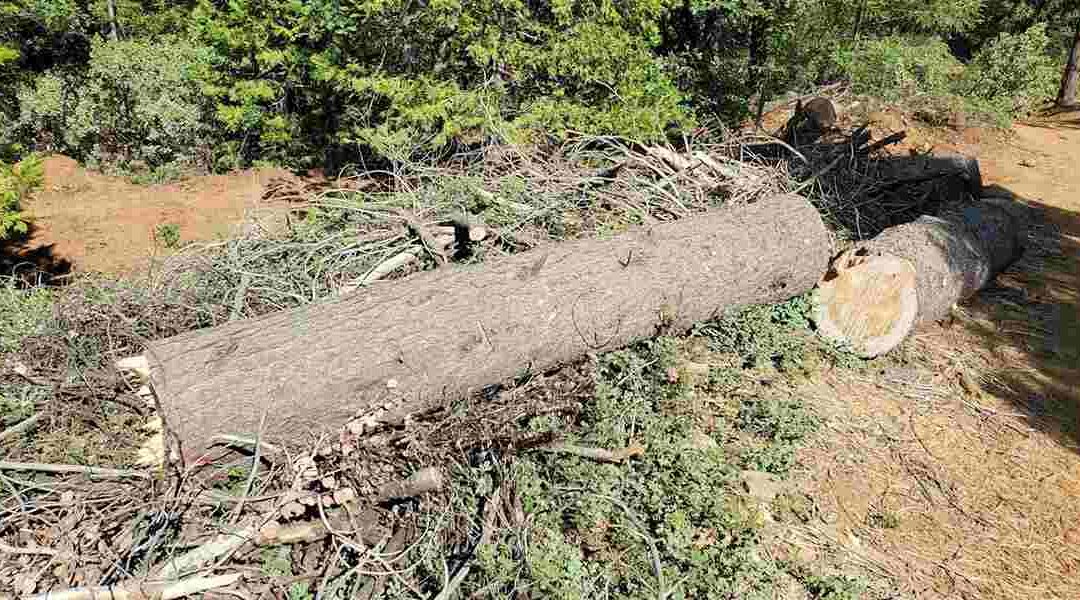As a homeowner, few things bring down your mood or property value faster than a dead tree. If you’ve noticed brown leaves, broken branches, and peeling bark, you may wonder, “Can you revive a dead tree?”
Unfortunately, if a tree is truly dead, you can’t do anything to save it. But don’t despair just yet. Some trees look dead when they aren’t, and there are steps you can take to revive a dying tree.
In this post, a leading tree service in Folsom, CA, walks you through the process of saving a dying tree.
Signs of a Dying Tree
When a tree is in distress, the symptoms are often obvious. You may see some or all of the following warning signs that a tree is dying:
- Discolored, misshapen, or dead leaves
- No leaves at all
- Sticks all over the ground
- Peeling bark
- Visible fungus
- Leaning tree
- Open wounds
- Termites, beetles, or other insects
Benefits of Saving a Dying Tree
If you’re asking, “Can you revive a dead tree?” you probably already know there are many reasons to save a dying tree. Healthy trees offer the following benefits to you, your neighborhood, and the environment:
- Boosting your home’s curb appeal
- Protecting your property from the sun, heat, and wind
- Conserving energy and cutting utility costs
- Improving air quality by producing fresh oxygen
- Providing habitats for many wildlife species
- Reducing erosion and flooding dangers
How To Save a Dying Tree
In some instances, you cannot save a dying tree. For example, if it is leaning heavily or large tree branches are falling off, it will likely die regardless of what you do to help.
In less severe cases, however, you can revive a dying tree by taking some of the following steps.
Identify the Problem
To successfully treat the symptoms of a problem, it helps to identify the root cause. For example, brown leaves due to drought require a very different solution than brown leaves due to over-fertilization. The earlier you know what is wrong with your tree, the better your chances of saving it.
Prune Properly
Dying and dead branches are common entry points for diseases and insects. Proper pruning can help prevent pathogens from spreading to the healthy parts of the tree.
Water Carefully
Both too little and too much water can be deadly for a tree. Correcting moisture imbalances can help improve your tree’s health, especially for younger trees, which are more vulnerable.
Mulch Cautiously
Mulching around a tree can moderate temperature extremes, add nutrients, and retain moisture. But mulch carefully, as too much can produce root rot.
Fertilize Wisely
Different trees have different preferences for fertilizers and soil pH. Test your soil to find out what nutrients are missing, and then buy fertilizer with the proper NPK (nitrogen-phosphorus-potassium) balance. Go easy when applying, as too much can chemically burn your tree roots.
Contact a Certified Arborist for Help
We hope we’ve answered your question, “Can you revive a dead tree?” If you need help saving a dying tree, call Mountain F. Enterprises, Inc. at (888) 501-TREE for expert tree care service in Folsom, CA.

